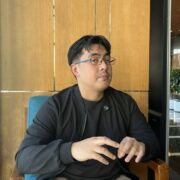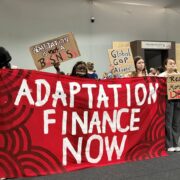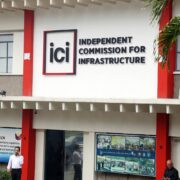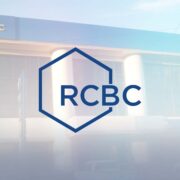Why the psychology of ‘utang’ matters for the economy
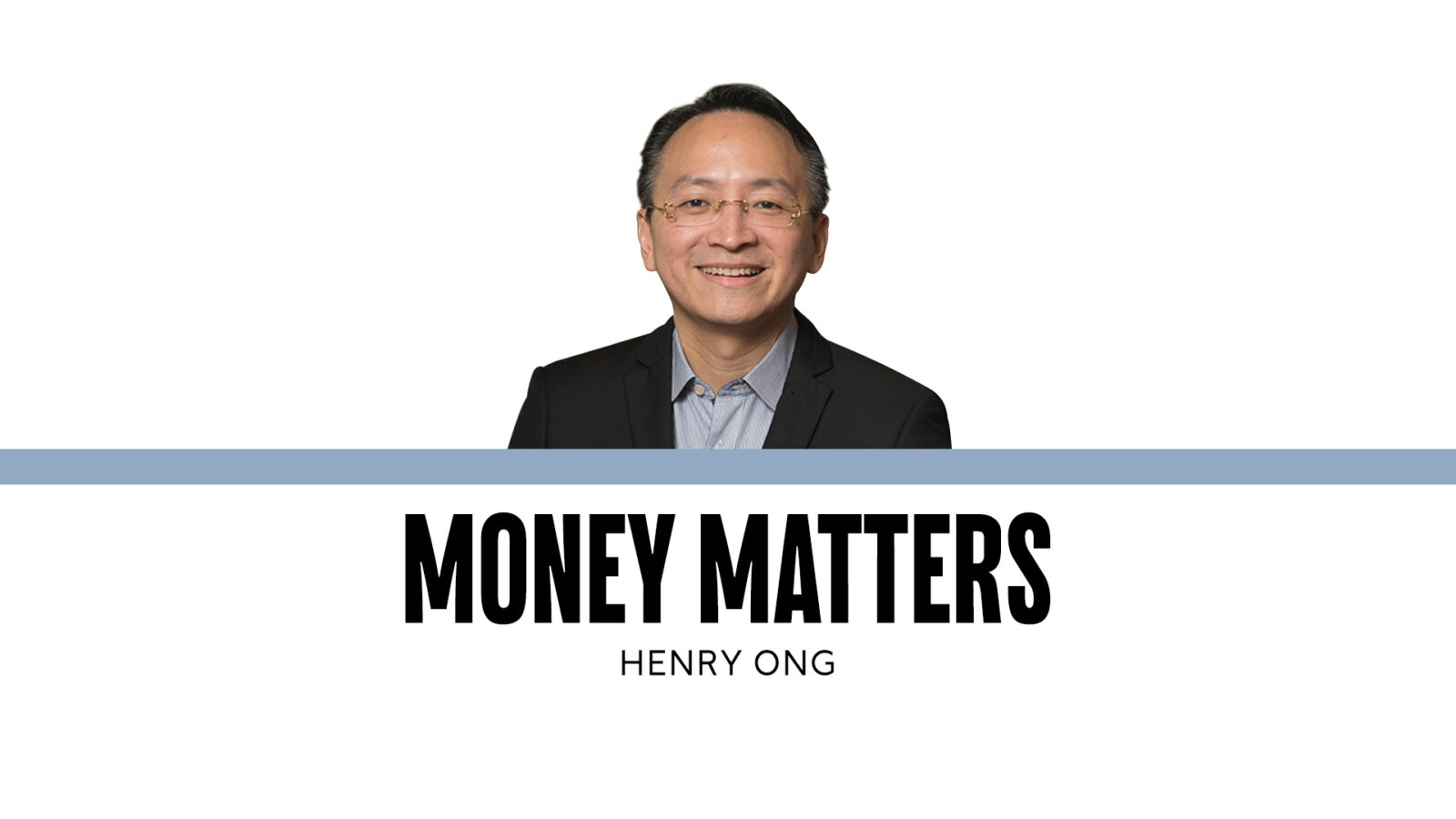
Debt or “utang” is not just a financial tool anymore. It is the lifeline that keeps many Filipino families afloat. With consumer spending making up about 70 percent of the economy, every peso that is spent keeps the economy moving.
When households keep buying, businesses do well but when they cut back, growth slows down. The tougher reality is that a lot of this spending is sustained by utang, drawn from savings, credit cards or loans simply to keep everyday life moving.
Behavioral finance explains that this behavior is rooted in a concept called present bias, which is the tendency to put more weight on immediate rewards than on future costs.
In the late 1990s, psychologists David Laibson of Harvard University and Ted O’Donoghue of Cornell University published an influential study that revealed how people often choose short-term satisfaction, such as spending or borrowing today, even when it leads to bigger problems later.
This bias explains why households continue to spend, even when incomes fall short, interest rates rise or debt levels grow. The pleasure of maintaining a lifestyle today feels more tangible than the burden of repaying loans tomorrow.
Combined with easy access to credit cards, installment plans and digital lending apps, present bias makes utang feel less like a burden and more like a convenient extension of income.
Recent data on the marginal propensity to consume (MPC) highlight this behavior. Before the pandemic, Filipino households typically spent 58.6 percent of their income in the first quarter, then pulled back midyear, before a sharp surge to nearly 70 percent during the Christmas season. Spending followed a familiar rhythm: spend, save, then splurge at year-end.
Since 2022, however, the pattern has changed dramatically. The first quarter spending rate has dropped to 54.4 percent, while the second and third quarters turned negative at -16 percent and -141.2 percent, respectively.
This means households are not only cutting back but also financing spending by dipping into savings or accumulating debt. Even the usual year-end rebound is weaker, with spending in the fourth quarter at just 61 percent, below prepandemic highs.
A negative MPC is a red flag. It signals that many households are keeping up their spending not with income, but with credit. This is present bias at work. Rather than cutting back, families choose to borrow so they can maintain the same lifestyle, even if it means pushing the real cost further into the future.
There is only so much households can borrow to keep spending at the same pace. Families stretch themselves to maintain their lifestyles, even when incomes stagnate and inflation eats into budgets. When borrowing fills the gap, the economy may still look steady but once the financial pressure builds, momentum may eventually weaken.
This slowdown is already showing in the data. In the first quarter of 2024, household spending grew by 8.3 percent compared to 2023, but in the first quarter of 2025 the pace slowed to 7.7 percent.
The second quarter tells the same story. Spending grew by 8.9 percent in 2024, but slipped to 6.8 percent in 2025. Taken together, total household spending in the first half of 2025 grew by 7.2 percent, down from 8.6 percent in the same period of 2024. The trend is clear. Growth is losing steam, and with much of consumption propped up by debt, the risks of a sharper slowdown ahead are rising.
Why does borrowing feel so normal? Because it has become part of everyday life. Taking on debt is seen as a practical choice. Credit cards, “buy now, pay later” apps and installment plans make it easy, while social pressures make it hard to say no.
Present bias then blinds households to the consequences. A family that borrows P20,000 at 3-percent monthly interest may end up repaying almost P30,000 in a year. That money could have gone into savings or investments, but instead it locks them into repayment cycles.
Breaking free from the psychology of utang takes both awareness and discipline. Families need to recognize that spending habits are not just cultural but also behavioral. One way to break the cycle is to reframe the question. Instead of asking, “Can I afford the monthly payment?” ask, “What will this really cost me a year from now?” That small shift can turn the focus from short-term comfort to long-term impact.
Debt can keep the economy afloat for a while, but over time it leaves households and businesses weaker. Real resilience comes when families move away from utang-driven spending and focus instead on saving and sustainable consumption. In the end, stability doesn’t come from borrowing just to look secure, but from building financial strength that lasts.
Henry Ong is a Registered Financial Planner of RFP Philippines. Stock data and tools provided by First Metro Securities. To learn more about investment planning, attend the 113th batch of RFP Program this








